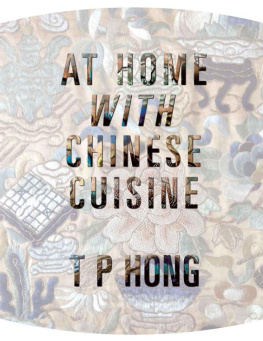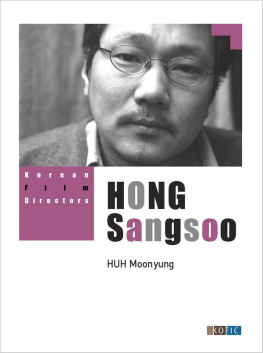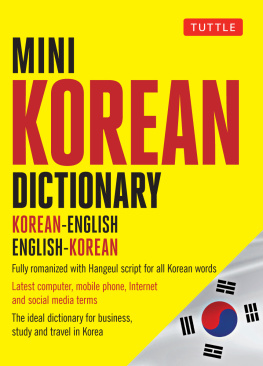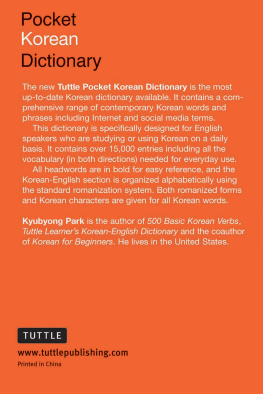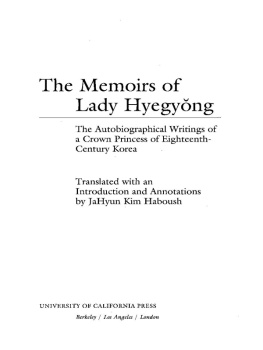Hong - Memoirs Of A Korean Queen
Here you can read online Hong - Memoirs Of A Korean Queen full text of the book (entire story) in english for free. Download pdf and epub, get meaning, cover and reviews about this ebook. year: 2013, publisher: Routledge, genre: Non-fiction. Description of the work, (preface) as well as reviews are available. Best literature library LitArk.com created for fans of good reading and offers a wide selection of genres:
Romance novel
Science fiction
Adventure
Detective
Science
History
Home and family
Prose
Art
Politics
Computer
Non-fiction
Religion
Business
Children
Humor
Choose a favorite category and find really read worthwhile books. Enjoy immersion in the world of imagination, feel the emotions of the characters or learn something new for yourself, make an fascinating discovery.

- Book:Memoirs Of A Korean Queen
- Author:
- Publisher:Routledge
- Genre:
- Year:2013
- Rating:5 / 5
- Favourites:Add to favourites
- Your mark:
- 100
- 1
- 2
- 3
- 4
- 5
Memoirs Of A Korean Queen: summary, description and annotation
We offer to read an annotation, description, summary or preface (depends on what the author of the book "Memoirs Of A Korean Queen" wrote himself). If you haven't found the necessary information about the book — write in the comments, we will try to find it.
Hong: author's other books
Who wrote Memoirs Of A Korean Queen? Find out the surname, the name of the author of the book and a list of all author's works by series.
Memoirs Of A Korean Queen — read online for free the complete book (whole text) full work
Below is the text of the book, divided by pages. System saving the place of the last page read, allows you to conveniently read the book "Memoirs Of A Korean Queen" online for free, without having to search again every time where you left off. Put a bookmark, and you can go to the page where you finished reading at any time.
Font size:
Interval:
Bookmark:

Routledge
by Routledge
utilized in any form or by any electronic, mechanical, or other means, now
known or hereafter invented, including photocopying and recording, or in
any information storage or retrieval system, without permission in writing
from the publishers.
but points out that some imperfections in the original copies may be
apparent. The publisher has made every effort to contact original copyright
holders and would welcome correspondence from those they have been
unable to trace.
 ngio, as an aid to following the many references to places.
ngio, as an aid to following the many references to places. has been translated as throughout.
has been translated as throughout. ng Palace (Hanjung nok, 1796) is one of the rare historical examples of literary composition by a Korean woman of the Yi dynasty (13921910).
ng Palace (Hanjung nok, 1796) is one of the rare historical examples of literary composition by a Korean woman of the Yi dynasty (13921910). ngjo (reigned 17251776). Not only a touching description of the tragic incidents involving Lady Hong's family, it is also a valuable disclosure of the rigidity of the royal court, as well as a vital historical source. Its elegant prose and insight into human behaviour is seldom found in works by male authors of the same period. The memoir is also one of the few works of the time written in han'g
ngjo (reigned 17251776). Not only a touching description of the tragic incidents involving Lady Hong's family, it is also a valuable disclosure of the rigidity of the royal court, as well as a vital historical source. Its elegant prose and insight into human behaviour is seldom found in works by male authors of the same period. The memoir is also one of the few works of the time written in han'g l, the Korean alphabet. It is a significant and precious record of the life of one who was compelled to obey the discipline and etiquette of the court, as decreed by the male rulers who were moulded by neo-Confucian philosophy.
l, the Korean alphabet. It is a significant and precious record of the life of one who was compelled to obey the discipline and etiquette of the court, as decreed by the male rulers who were moulded by neo-Confucian philosophy. ngjo (reigned 17761800). She was happy as a wife and mother, but her well-being was later shattered by tragic circumstances she was powerless to prevent.
ngjo (reigned 17761800). She was happy as a wife and mother, but her well-being was later shattered by tragic circumstances she was powerless to prevent. ngjo's growing anger, rank her as an outstanding woman of her time. The crown prince's early death, at the hand of his father, is dealt with in the memoir with the controlled emotion and compassion which permeates the whole of her work. Despite the suffering and tragedy she had to bear, she remained a model of Confucian virtue.
ngjo's growing anger, rank her as an outstanding woman of her time. The crown prince's early death, at the hand of his father, is dealt with in the memoir with the controlled emotion and compassion which permeates the whole of her work. Despite the suffering and tragedy she had to bear, she remained a model of Confucian virtue. ngjo. Privately-written accounts of the incident were subsequently produced which gave different descriptions of it. Lady Hong's memoir was begun in 1796 when she was in her sixtieth year, and completed when she was seventy-one. This translation is based on the first three chapters of the collated Ilsa and Karam manuscript collections, reprinted under the title of Handyung nok, in Seoul in 1961. The Imo Incident was recorded to inform Lady Hong's grandson, young King Sunjo (reigned 18001834), of the facts of the tragedy that had befallen his grandfather, and thus to condition him from blaming her family, which had been unjustly accused of being the prime instigator of the killing.
ngjo. Privately-written accounts of the incident were subsequently produced which gave different descriptions of it. Lady Hong's memoir was begun in 1796 when she was in her sixtieth year, and completed when she was seventy-one. This translation is based on the first three chapters of the collated Ilsa and Karam manuscript collections, reprinted under the title of Handyung nok, in Seoul in 1961. The Imo Incident was recorded to inform Lady Hong's grandson, young King Sunjo (reigned 18001834), of the facts of the tragedy that had befallen his grandfather, and thus to condition him from blaming her family, which had been unjustly accused of being the prime instigator of the killing.Font size:
Interval:
Bookmark:
Similar books «Memoirs Of A Korean Queen»
Look at similar books to Memoirs Of A Korean Queen. We have selected literature similar in name and meaning in the hope of providing readers with more options to find new, interesting, not yet read works.
Discussion, reviews of the book Memoirs Of A Korean Queen and just readers' own opinions. Leave your comments, write what you think about the work, its meaning or the main characters. Specify what exactly you liked and what you didn't like, and why you think so.

